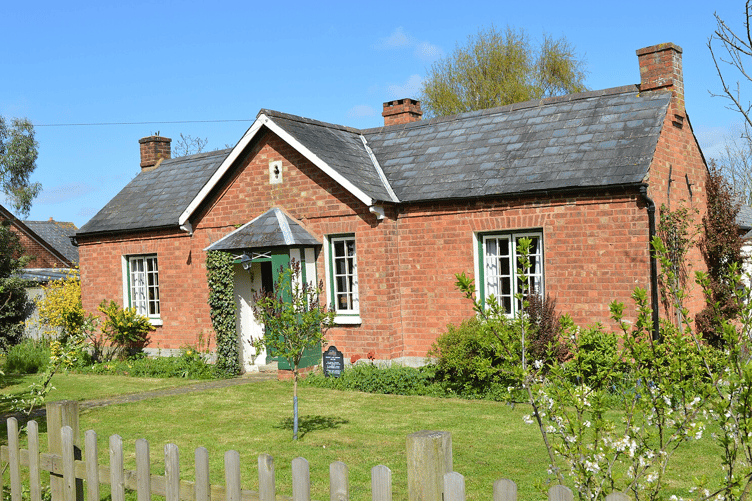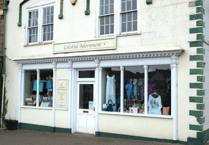A community built by 19th century working class political reformers at Staunton and Corse has been placed on Historic England’s Heritage at Risk register.
The Snigs End Chartist settlement was one of only five in Britain to have been completed.
The aim of the settlements was to ensure working class people had land which was a requirement to be able to vote.
The Snigs End Conservation Area was placed on the register by the Forest Council.
The council says it is a “proactive step towards protecting and enhancing the area’s historic character.”
The inclusion follows a detailed review commissioned by the council as the local planning authority to assess the condition of all conservation areas across the district.
The review identified several issues affecting the historic character of Snigs End within its distinctive rural setting, such as the condition of buildings and the impact of gradual changes such as alterations to the original Chartist plots, unsympathetic alterations to the Chartist cottages and loss of traditional features.
Recognising the importance of Snigs End’s heritage, the council nominated the area for inclusion on the register earlier this year.
Historic England has now accepted that nomination.
According to its entry on the register, Snigs End is in poor condition, highly vulnerable and deteriorating significantly.
Adrian Birch, the council’s Leader and Cabinet Member for Strategy and Built Environment said: “We understand that residents care deeply about Snigs End’s heritage. Being added to the Heritage at Risk Register is a way of unlocking expert support and resources to ensure this special area is conserved for future generations.”
Cllr Jackie Dale, Cabinet Member for Thriving Communities at Forest of Dean District Council, said:
“The council is committed to working closely with residents and the local community to shape the next steps for Snigs End. Future plans include opportunities for local engagement and collaboration on conservation priorities.”
The Heritage at Risk Register gives an annual snapshot of the health of England’s valued historic buildings and places. It helps to ensure they can be protected and continue to be enjoyed in the future. Inclusion on the register helps attract expert advice, partnership working, and potential funding to support positive change.
It is also a “material consideration” which means it must be taken into account when planning applications are being decided.
Snigs End is one of three Conservation Areas added to the register this month.
Snigs End was the fourth of five estate to be purchased by The Chartist Land Company in 1848 covering some 280 acres.
An 1853 plan shows about 81 houses being built and a school.
Following the collapse of the Land Company, the Chartist settlement was sold at auction in May 1857.
The settlement, and another three miles away at Lowlands, Redmarley, were the first two Conservation Areas to be designated by the Forest Council in 1976.
The full Heritage at Risk Register 2025 can be viewed at: www.historicengland.org.uk





Comments
This article has no comments yet. Be the first to leave a comment.